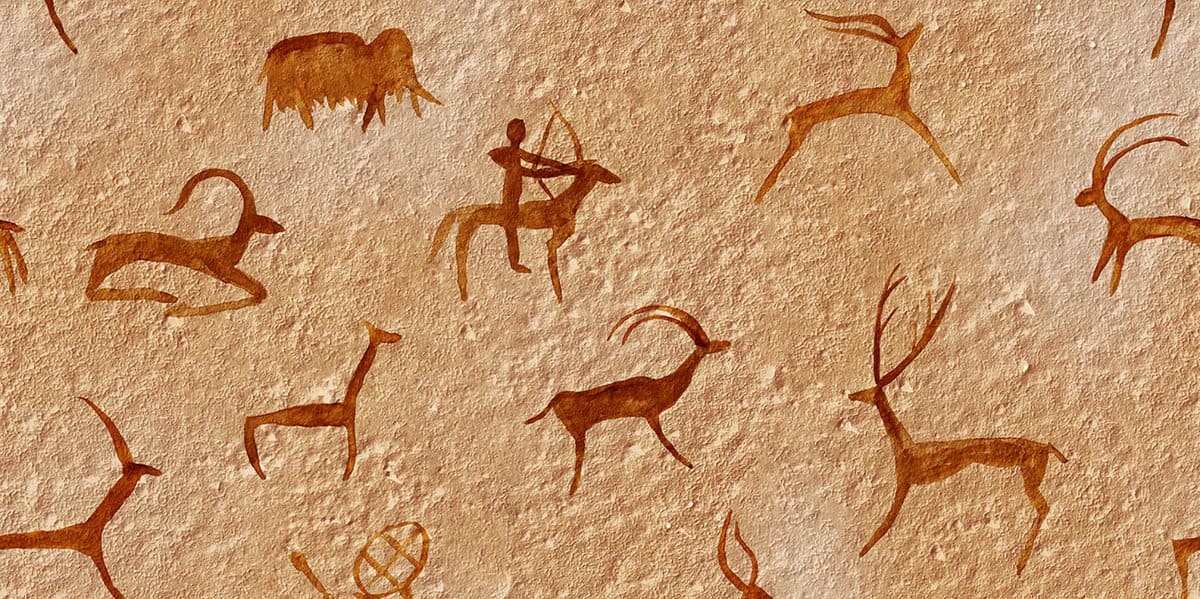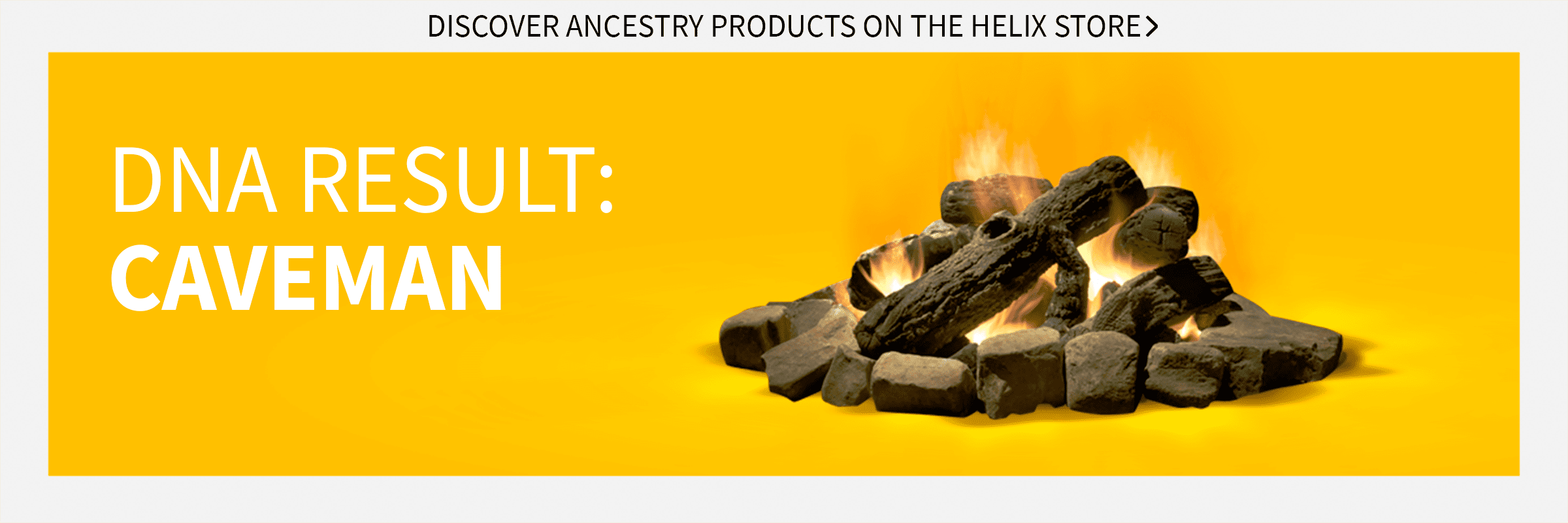Celebrate Evolution Day by finding out how Neanderthal you are

Today is Evolution Day, commemorating the first publication of Charles Darwin’s seminal work, On the Origin of Species, on this day in 1859. The book introduced the notion of evolution using examples from his journey around the world. We’ve come a long way since that time and we now understand that humans have been evolving for many thousands of years; in the process, we’ve even incorporated the DNA of other human-like beings into the human genome. In service of Darwin’s work, let’s look back on where we came from (and who we came from) in order to better understand who we are today.
In the decades that followed the publication of Darwin’s book, he compiled extensive evidence (primarily using plants and insects as models) supporting the notion of what’s referred to as adaptive evolution. The concept suggests that organisms evolve beneficial traits when they experience a new environment. In this context, “beneficial” means that the organism will be better at producing offspring. Darwin observed how flowers evolved specific coloration that fit the spectrum of visible light available to bees—blue and yellow1. This was beneficial because bees could help flowers mate by carrying pollen from flower to flower.
DNA contains the instructions for life
But how does mating help evolution? DNA contains the instructions for life, coding for everything from the color of our hair to the number of toes on our feet. These instructions are similar to recipes in a cookbook, where each letter in the book is equivalent to a single DNA base pair. In order to make sperm or egg cells, our body must copy our DNA so that it can be passed onto the next generation. This is a difficult process and the body sometimes makes mistakes, meaning the copy isn’t exact and our children inherit a slightly different DNA sequence than the ones we have. Returning to the recipe analogy, this would be like copying the entire book down by hand; sometimes you’re going to make a mistake. These mistakes can have an impact on our physiology, sometimes altering the color of our eyes, or changing our muscle fiber composition. Other times, these changes have no effect at all. Evolution occurs when these mistakes provide our children with a reproductive advantage (such as a red flower giving rise to a blue flower that can better attract bees).
Like the co-evolution of bees and flowers, humans have been evolving for hundreds of thousands of years, accumulating millions of tiny typos in our DNA. Some of these typos helped us adapt to an agricultural lifestyle, while others enabled us to enjoy dairy products into adulthood2. But there are other ways our DNA sequence has changed, including the addition of DNA from different human-like species.
Approximately 100,000 years ago, the ancestors of modern humans arrived in Eurasia3. The environment here was likely very different from what they experienced closer to the equator—it was colder and got different amounts of sunlight2. But they weren’t alone: there were at least two other hominids living on the Eurasian continent—Homo neanderthalensis and Homo denisova, more commonly referred to as Neanderthals and Denisovans. These hominids were distant relatives to Homo sapiens, and had already been living in the Eurasian continent for approximately 100,000 years, meaning they were likely better adapted for that environment2,3. Over time, Homo sapiens mated with these other species, which introduced new variations into the DNA sequence. Interestingly, some of these DNA sequences survived in the human genome and have been passed all the way down to populations of modern-day humans.
On average, people of modern European and Native American descent have about 2% Neanderthal DNA3, whereas people of modern Australian, Melanesian, and some southeast Asian descents have up to 6% Denisovan DNA2. It’s speculated that this DNA persists in modern humans because it provided some evolutionary advantage to our ancient ancestors.

Evolution is an ongoing process
For example, humans retain fat in multiple different ways, one of which is known as brown fat. Brown fat can be broken down by the body to provide heat in a cold environment. Scientists have found that the DNA sequence coding for some genes involved in forming brown fat can be slightly different in certain populations2. Native inuit populations in Greenland were shown to carry a version of these genes that can be traced all the way back to Neanderthals, giving rise to the speculation that Neanderthal DNA may have helped our ancestors survive the cold northern environments. Similarly, Denisovan DNA may have helped our ancestors survive at high altitudes in the Himalayan mountains2. More recent research provides evidence that Neanderthal DNA may affect many human features, including metabolism, hair color, and even sleep patterns3. Many of these effects are speculated to have given our ancestors the ability to adapt to the amount of sunlight available at northern latitudes.
Evolution is an ongoing process. It shapes life all around us—and yes, it shapes us as well. Our genomes includes relics of species that have been extinct for tens of thousands of years. Modern DNA testing can help you understand if you carry Neanderthal DNA and how it might be contributing to who you are. Similar tests will let you explore regions of the DNA that were affected by other evolutionary events, like the transition from hunting and gathering to farming. These tests let you look back into history through your own DNA and see where—and to some extent, who—you came from.
- Sacks, Oliver. The river of consciousness. Macmillan, 2017.
- Marciniak, Stephanie, and George H. Perry. “Harnessing ancient genomes to study the history of human adaptation.” Nature Reviews Genetics, vol. 18, no. 11, Nov. 2017, pp. 659–674., doi:10.1038/nrg.2017.65.
- Dannemann, Michael, and Janet Kelso. “The Contribution of Neanderthals to Phenotypic Variation in Modern Humans.” The American Journal of Human Genetics, vol. 101, no. 4, 5 Oct. 2017, pp. 578–589., doi:10.1016/j.ajhg.2017.09.010.